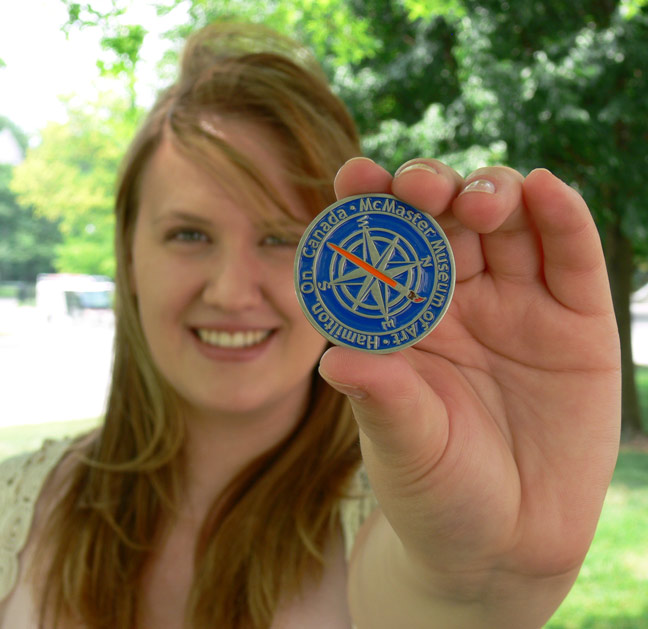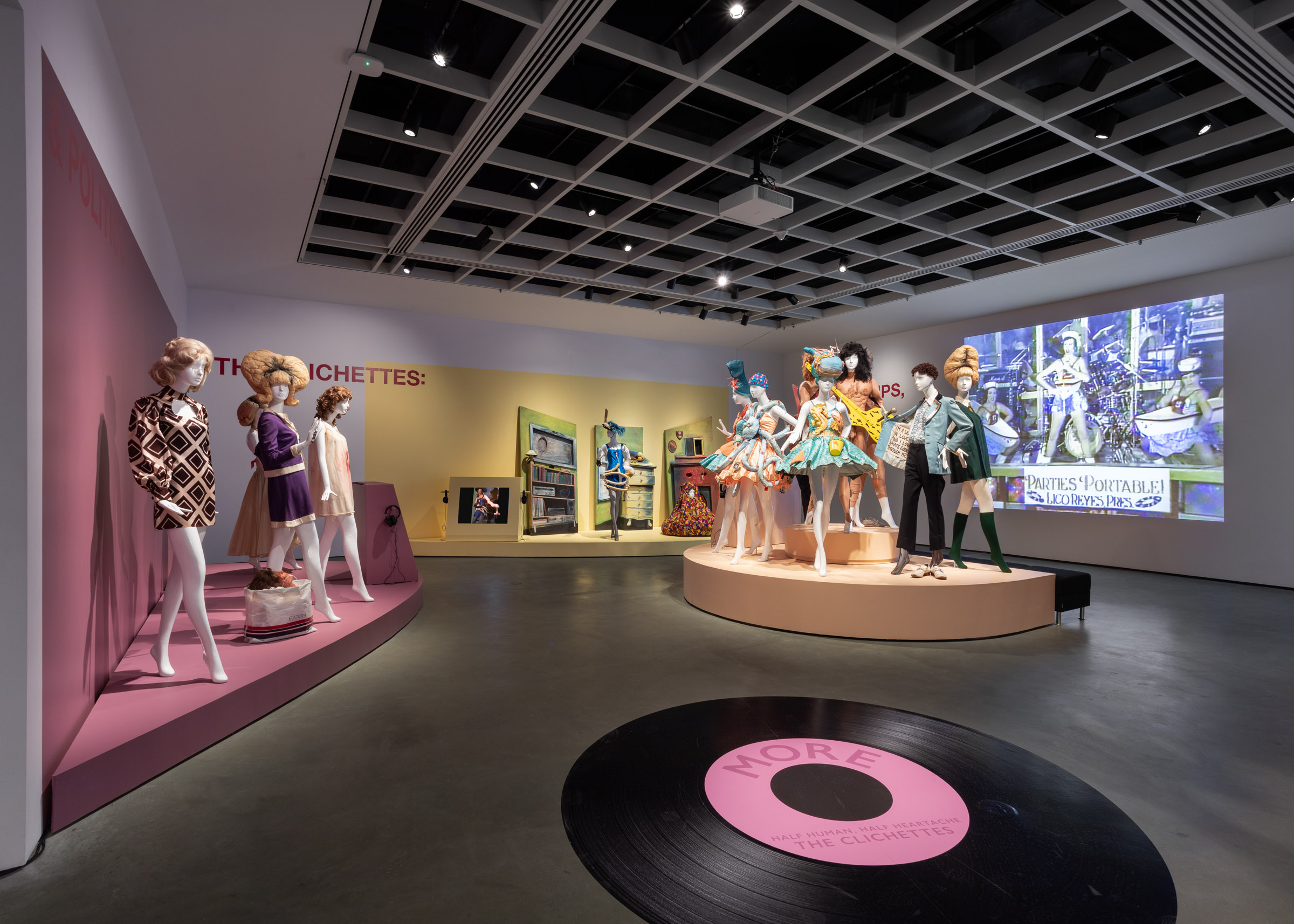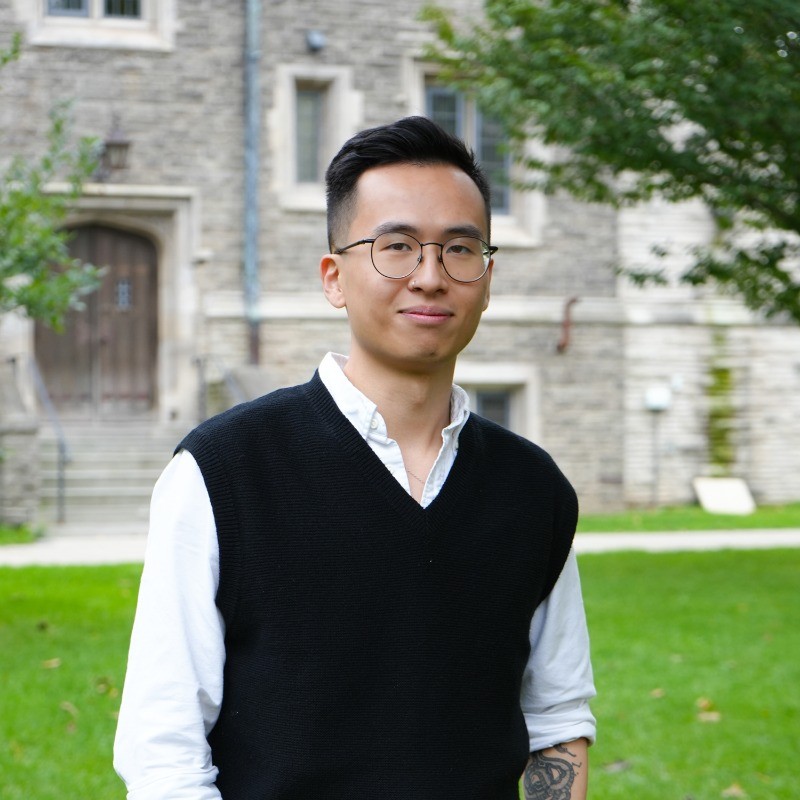Adventures in Art Education with a GPS
August 23, 2012

Geocaching is an outdoor treasure hunting game in which participants use a GPS device to navigate to a set of coordinates where a container is hidden, but it’s also being used as a way to educate people about art and culture and to promote tourism. Its potential reach — the ability, for example, to have a Norwegian schoolteacher learn about a Spanish painter in a cave in Iceland — is what attracted McMaster University’s art museum.
That’s an excerpt from the latest issue of Canadian Geographic, which features a story by Kenza Mollar about geocaching and specifically, McMaster Museum of Art’s Art Adventures geocoins. These specially minted coins, each named for an artist represented in McMaster’s art collection, have been travelling the world; being discovered, logged and moved closer to their destinations (their individual artist’s birthplace) by hundreds of outdoor adventurers. Read the full article here: Art Tourism – Hide and geo-seek
So far, eight of the nearly 40 Art Adventure coins have reached their goal. The furthest distance? The Matisse Geocoin has logged more than 27,873 km, to 688 caches… and it’s still going. Its travels are mapped below.


McMaster Museum of Art wins Exhibition of the Year for The Clichettes: Lips, Wigs and Politics
December 2, 2025
On Monday, December 1, 2025, Galeries Ontario / Ontario Galleries (GOG) announced the winners of the 48th Annual GOG Awards and the McMaster Museum of Art (M(M)A) took away the top award for the Exhibition of the Year (Budget Over $50K) for the Fall 2024 exhibition The Clichettes: Lips, Wigs and Politics produced in partnership […]

The Creative Process: Well-being through art with the McMaster Museum of Art
August 22, 2025

McMaster Museum of Art Welcomes New Communications Officer Jeff Jung Sing Chow
July 11, 2025






